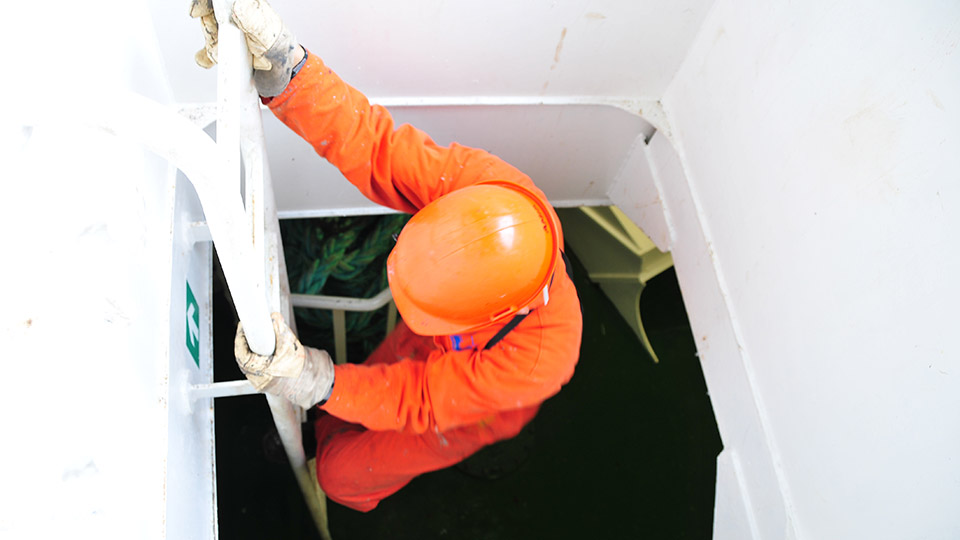
CONTACT BIMCO
Ashok Srinivasan
Manager, Maritime Safety & Security
Singapore, Singapore
- +65 9144 3404
- hsse@bimco.org

Enclosed space deaths continue to be one of the biggest occupational hazards on board ships.
Several years ago, InterManager launched a survey on enclosed space deaths, which 5000 seafarers responded to. A number of issues were raised in particular: -
In response to these findings, eighteen months ago the Human Element Industry Group (HEIG) set up the enclosed space project. The project involves the HEIG members and some 50-100 maritime sector individuals examining a number of areas with a view to influencing changes in regulations, industry practice, and training, as well as improving awareness of the problems faced by seafarers. Most of the analysis is complete and it is appropriate to share some of this as HEIG moves into rolling out its action programme to deal with the problem.
The problems identified include:
In addition, procedures are built around IMO 1050(27) ‘Revised Recommendations for Entering Enclosed Spaces Aboard Ships” which was last updated in 2011. There are some significant issues with this document and HEIG is preparing a submission to IMO, in conjunction with Flag States, to address some of these concerns. The UK’s Code of Safe Working Practices (COSWP) have recently been revised with the participation of HEIG members and ISGOTT 6th Edition was revised in 2020 jointly published by OCIMF, ICS and IAPH which includes guidelines and recommendations for enclosed spaces. Further changes to industry practices are being considered.
In conjunction with MAIIF (Marine Accident Investigators International Forum) the group looked at accident investigations and data which reinforced the views expressed above. MAIIF has written guidance on investigating enclosed space incidents that will widen the scope of the investigation beyond the immediate incident and will emphasise organisational factors, equipment and its availability, as well as the time available for the entry.
The research identified that there is an excessive reliance placed on procedures. The technical solutions workstream has looked at the problem using the ‘hierarchy of hazard control’ model. The figure (right) shows this model, which is based on the premise that eliminating a hazard is better than accepting it and relying on procedural controls to manage a hazardous situation. The workstream has identified a number of generic changes to the design of ships and equipment that can be made to improve safety in the industry, as well as to address some specific hazards. The group will also propose a means by which enclosed spaces can be classified for design and operational purposes. The group is also considering the design of equipment used for entering enclosed spaces aboard ship.
The ‘time pressure workstream’ has looked at the issue which has been a concern in some sectors of the industry for a long period of time and pressures on the global supply chain suggest this is not likely to get better soon. The workstream created a model for how excessive time pressure affects safety and identified the various sources of time pressure – which may include the charterer, ports and terminals, owners, and onboard ship.
In the course of this review, it became obvious that the time-pressure issue related to more than just enclosed space deaths but also to navigation, collision, grounding, capsizes, container stack collapses and other occupational hazards such as injuries during container lashing. The group will put forward some proposals to change regulation and industry practice to reduce excessive time pressure.
The group also looked how onboard management of enclosed space entry can be improved as well as encouraging the use of STOP-WORK processes.
[1] The Human Element Industry Group (HEIG) is a group of NGOs with an interest in the human element (personnel or seafarers) and includes The Nautical Institute, IMarEST, InterManager, INTERCARGO, ITF, the International Chamber of Shipping, IFSMA, BIMCO, IMPA, Nautilus and IACS. The group works closely with the International Maritime Organization.
The enclosed space project also included other organisations such as MAIIF and the Royal Navy.